Velvet-leaf Hibiscus,
Purar-purarpa
Display all 26 images

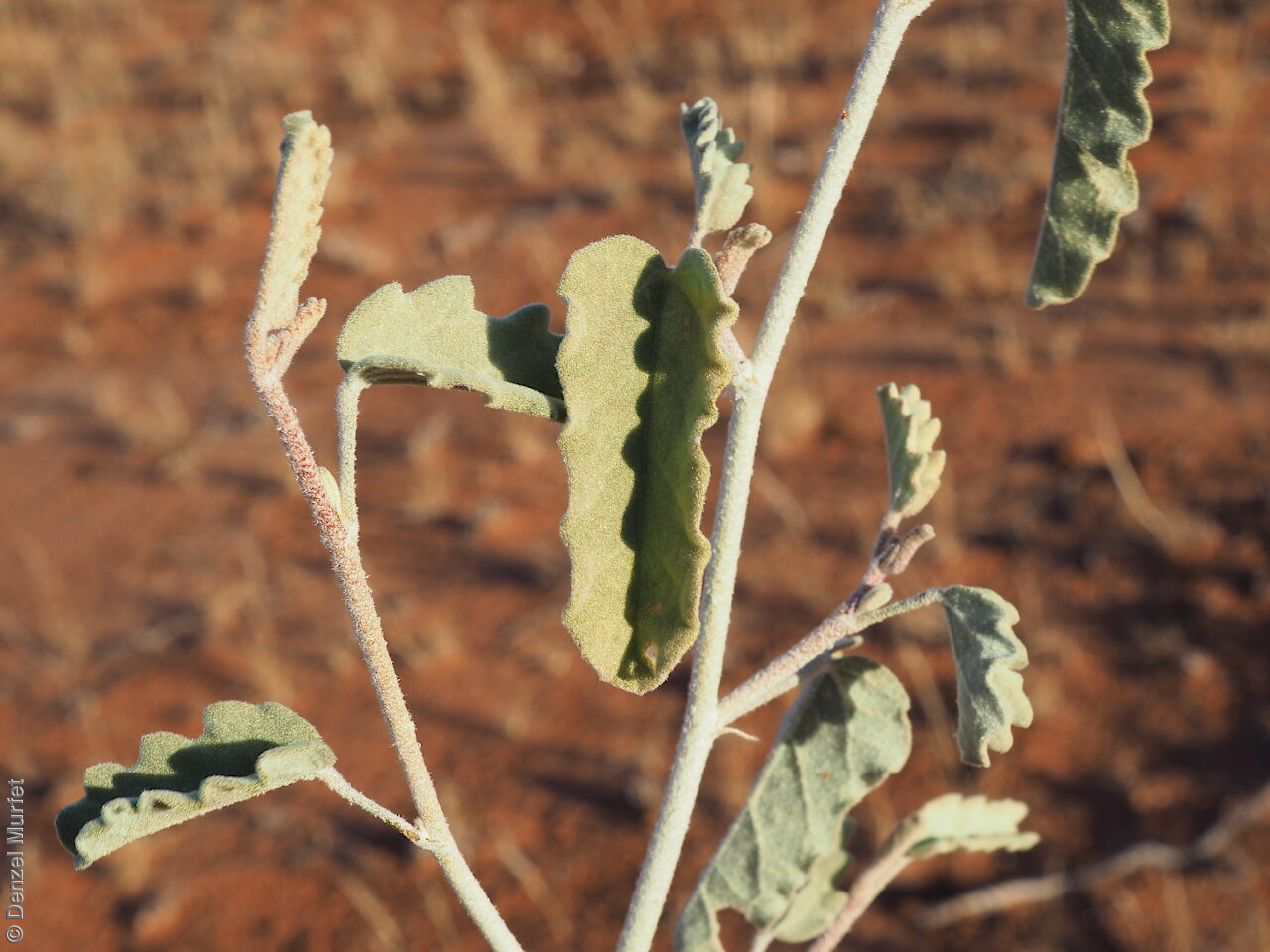

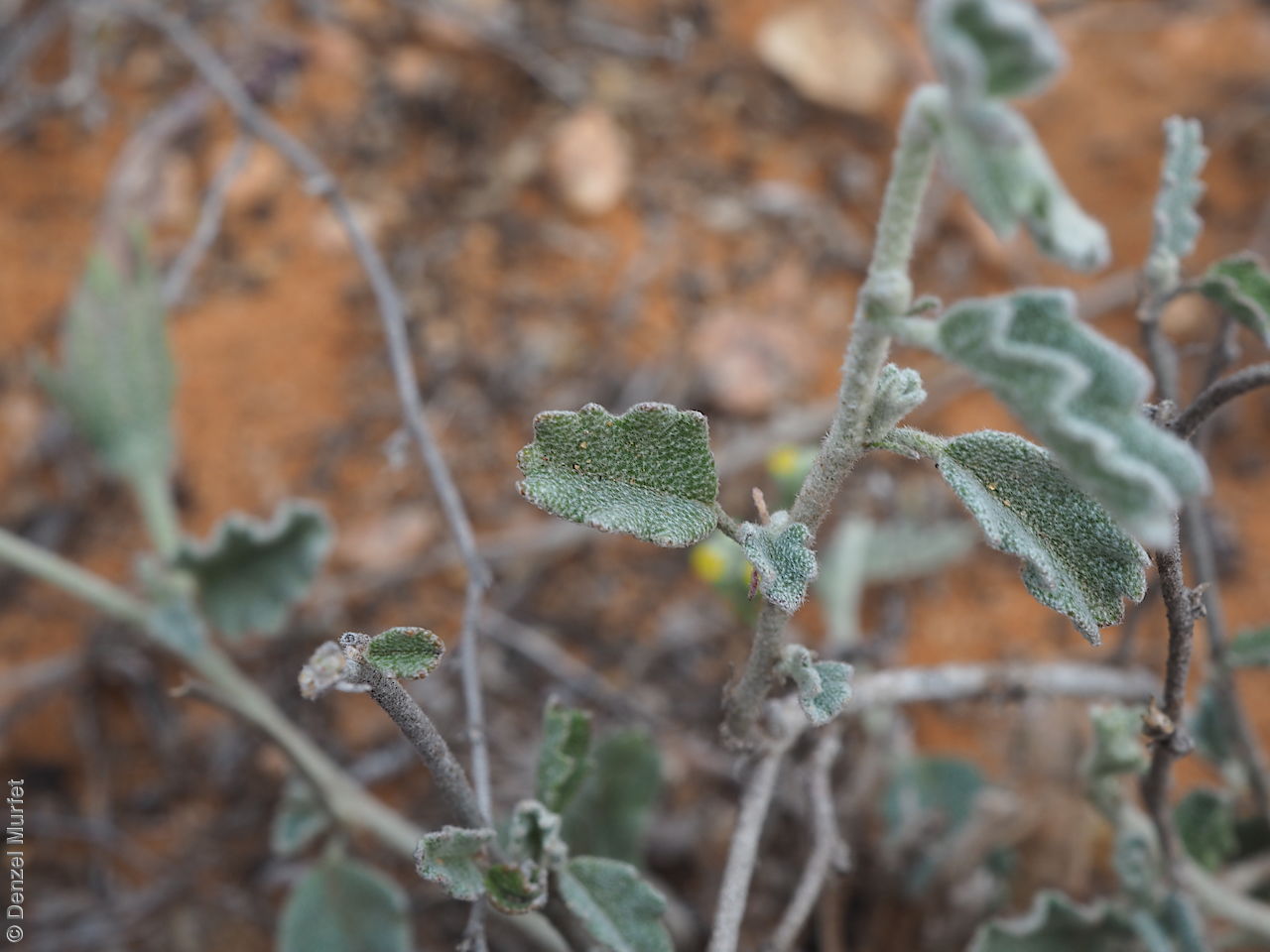
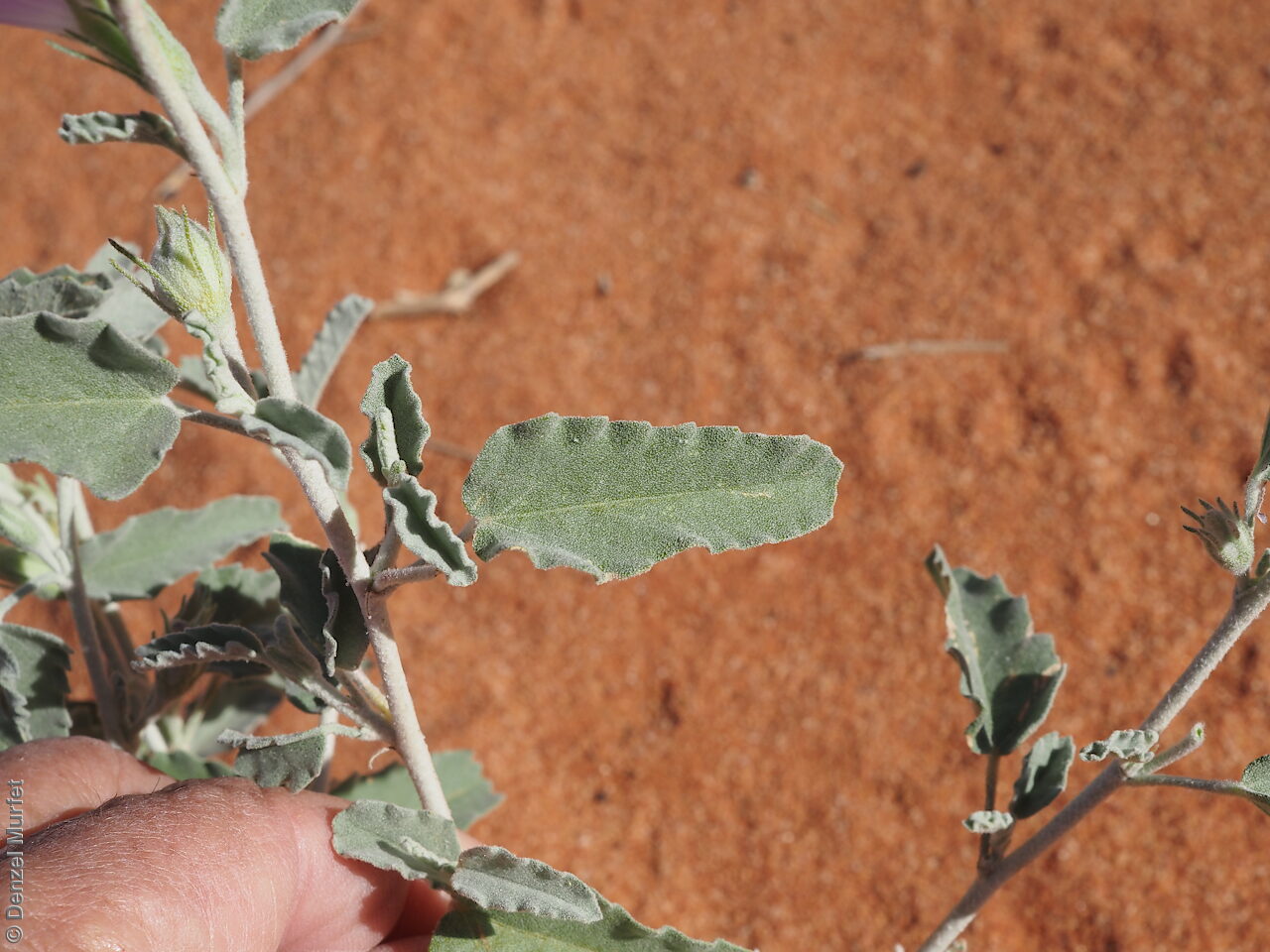

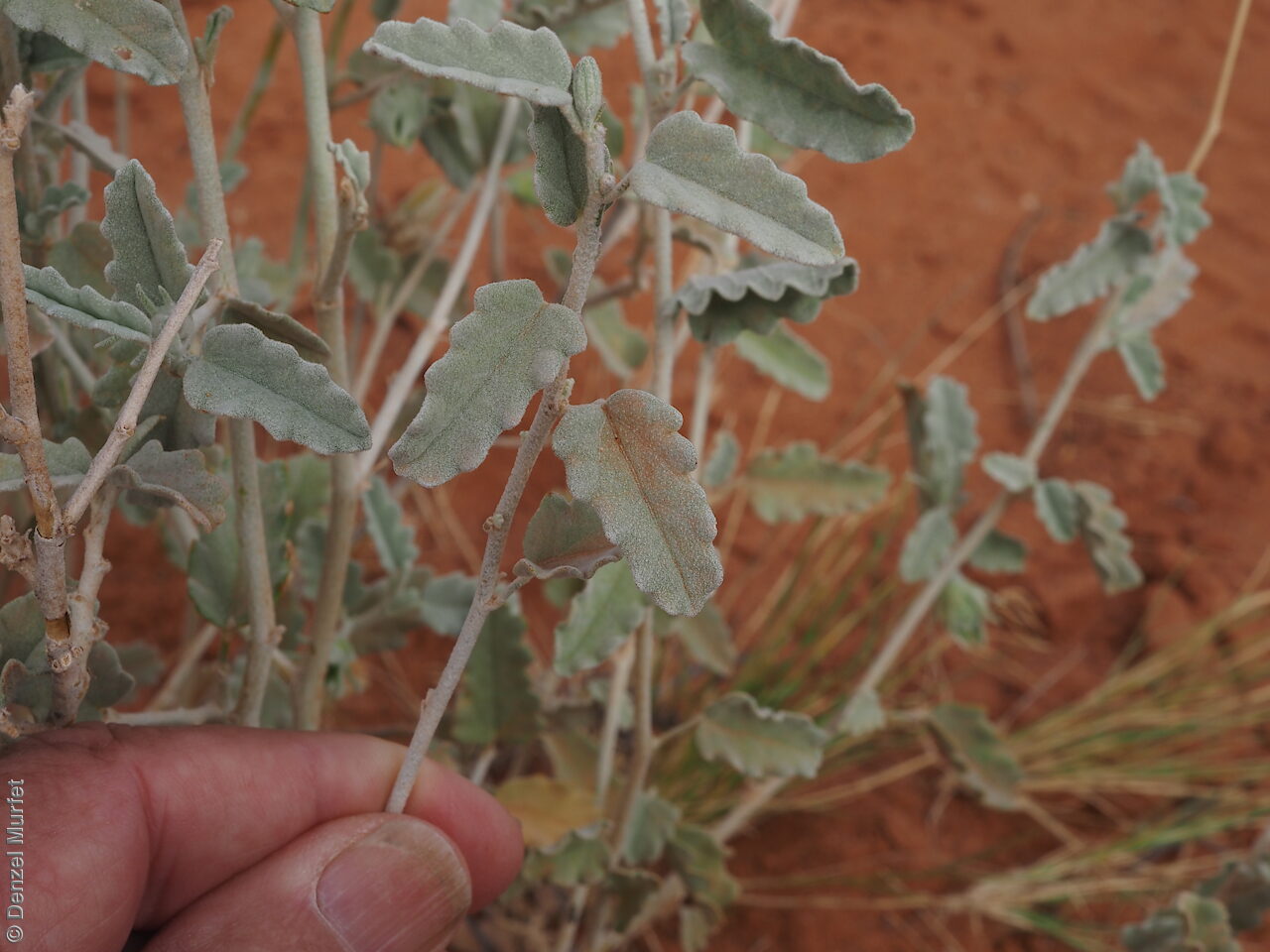
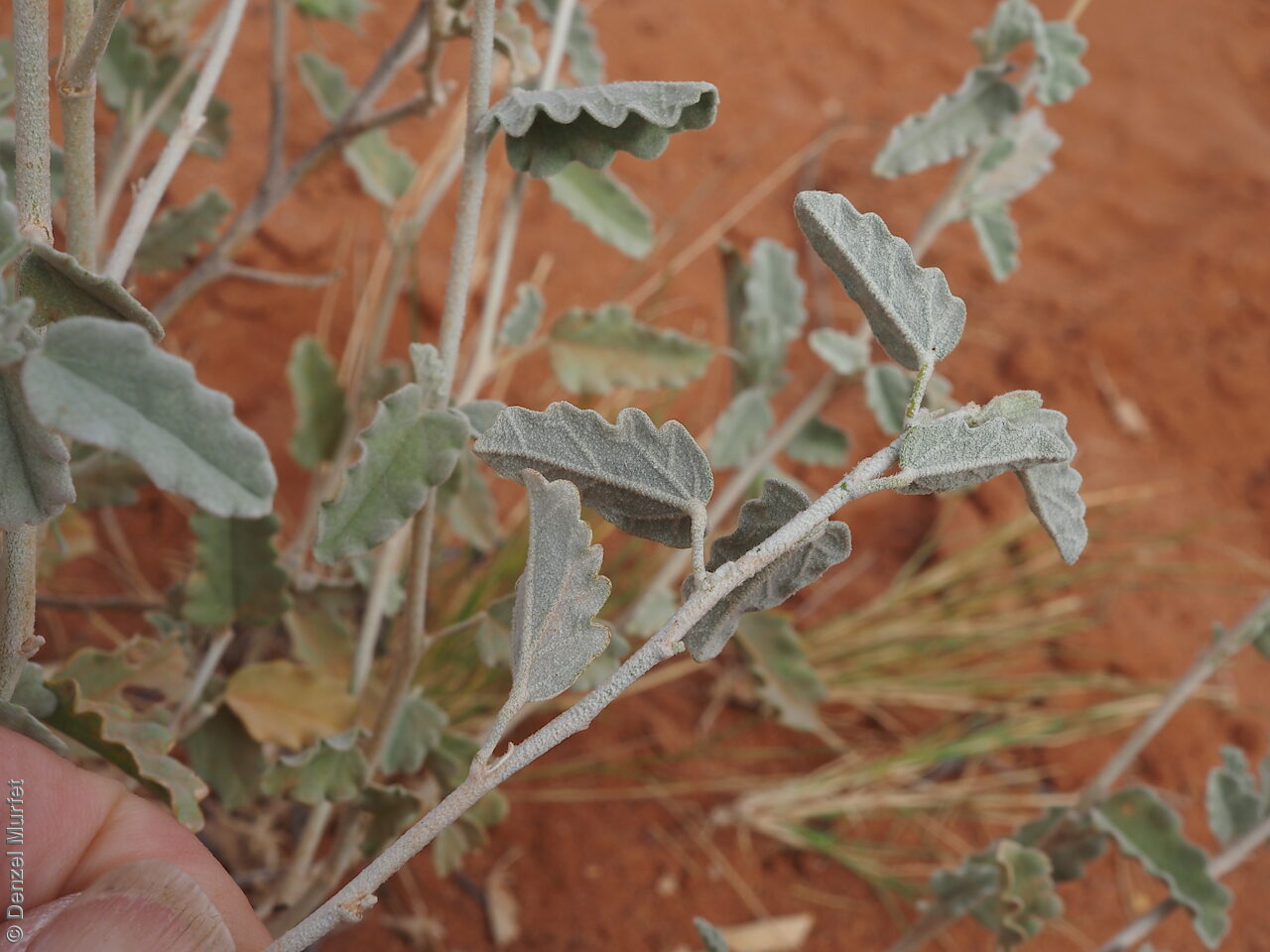
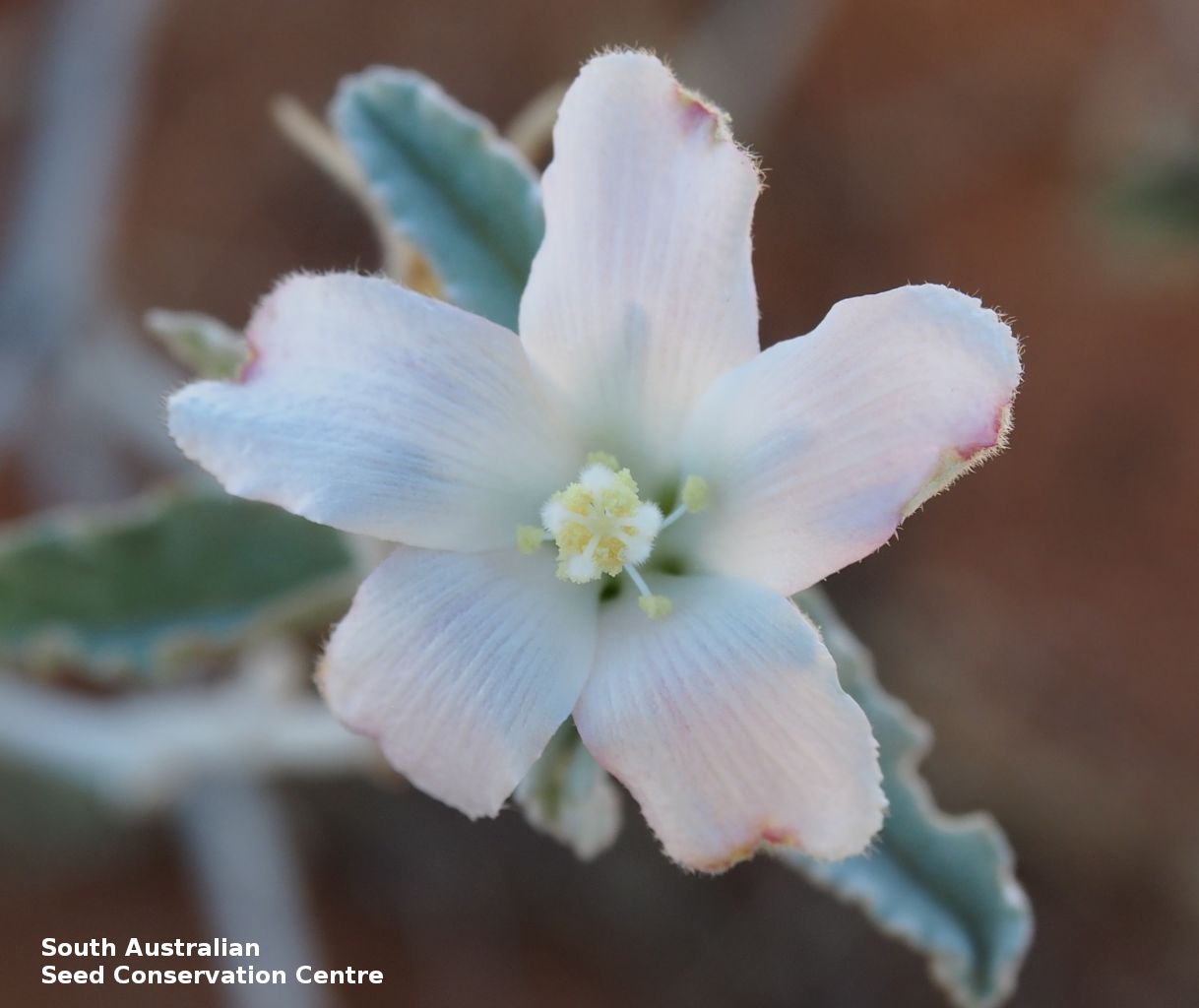
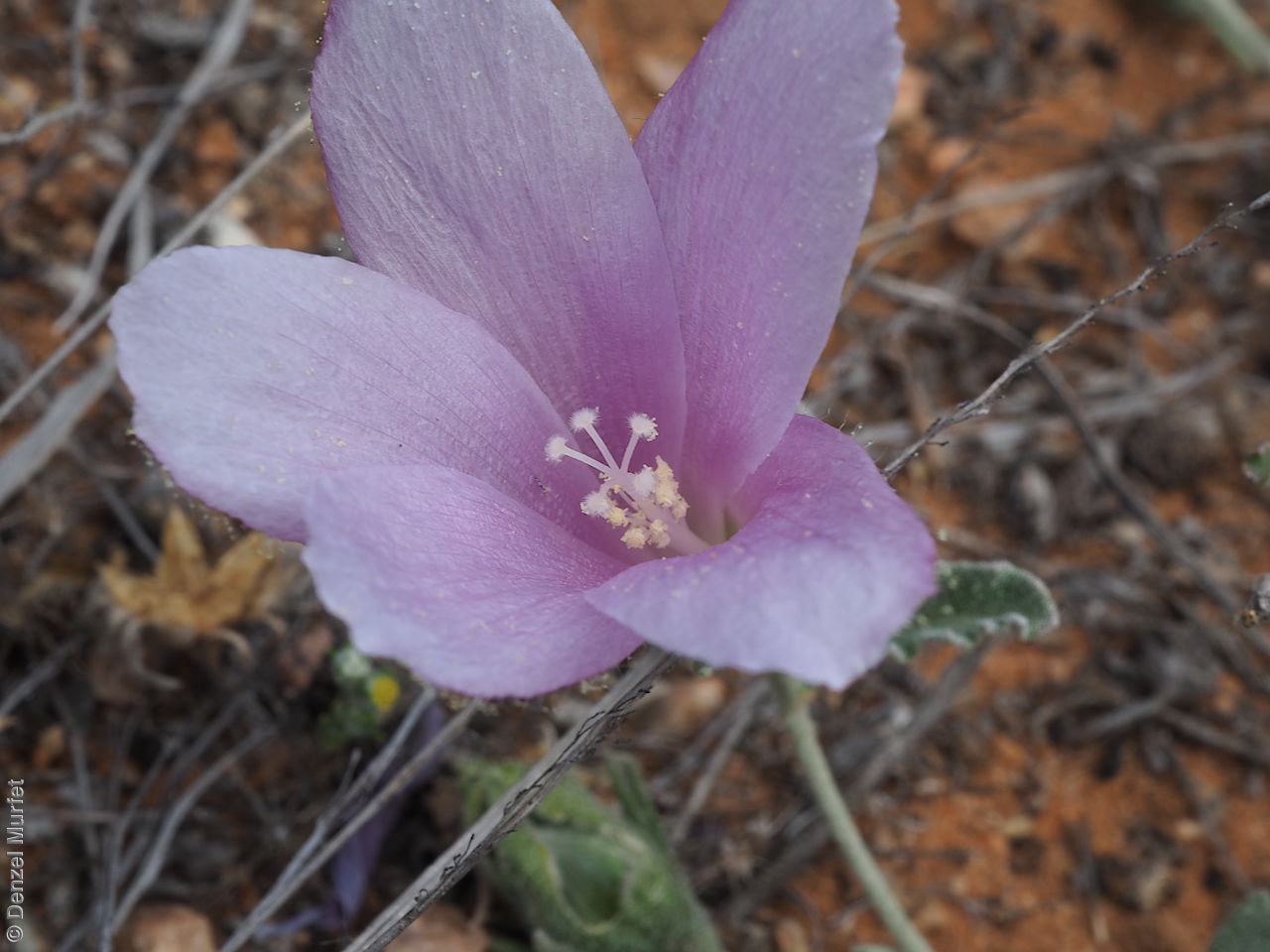


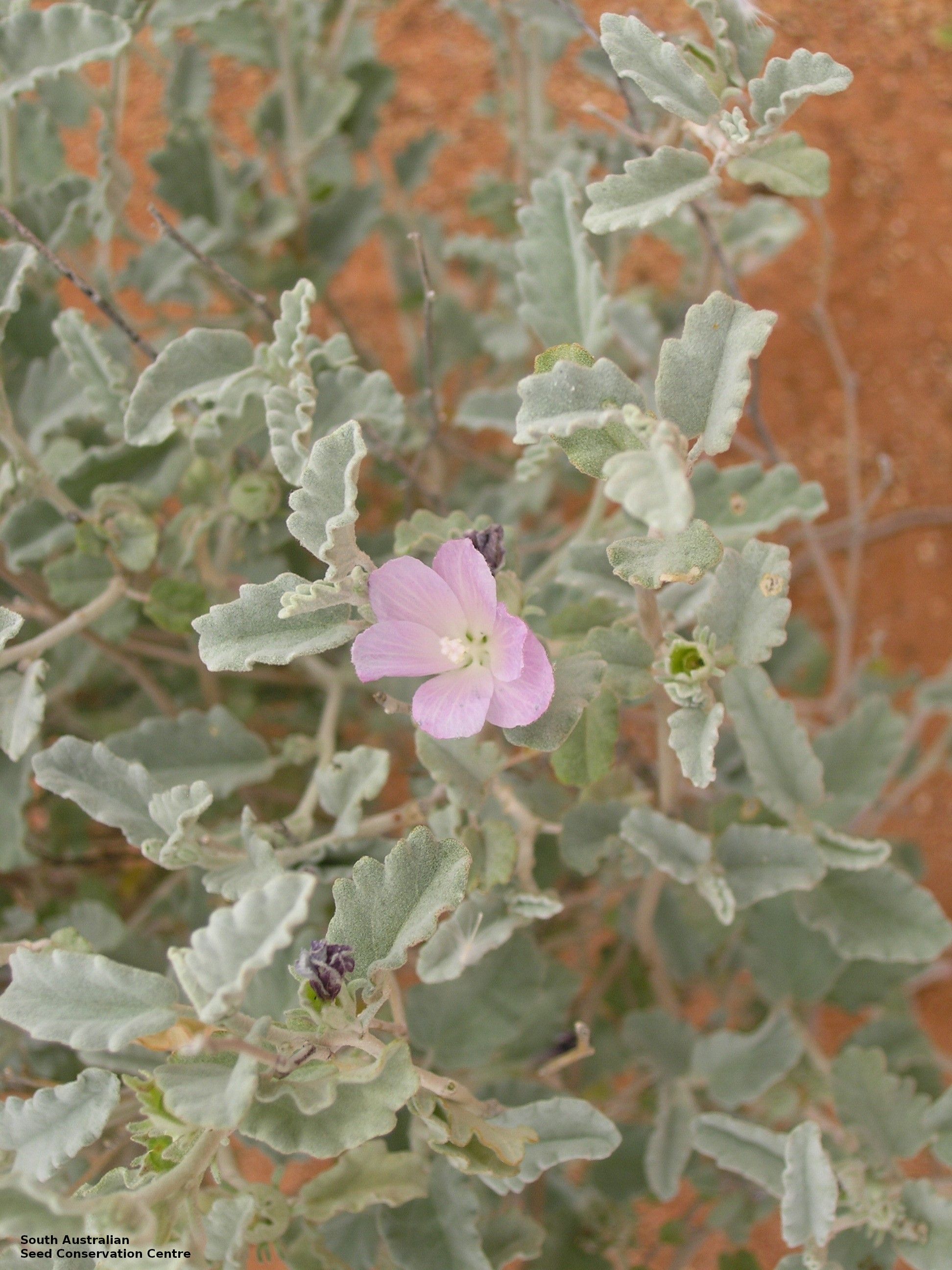


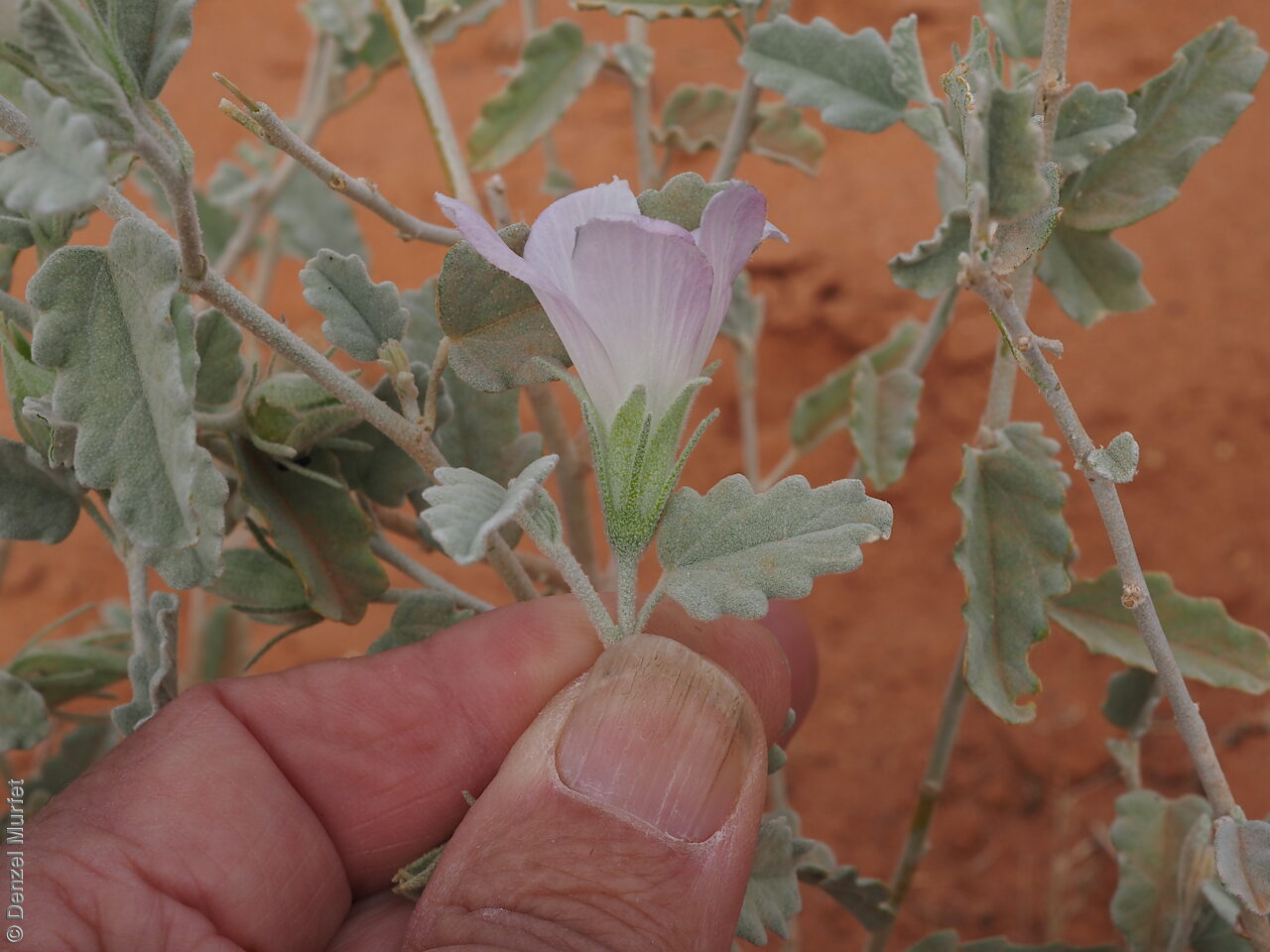







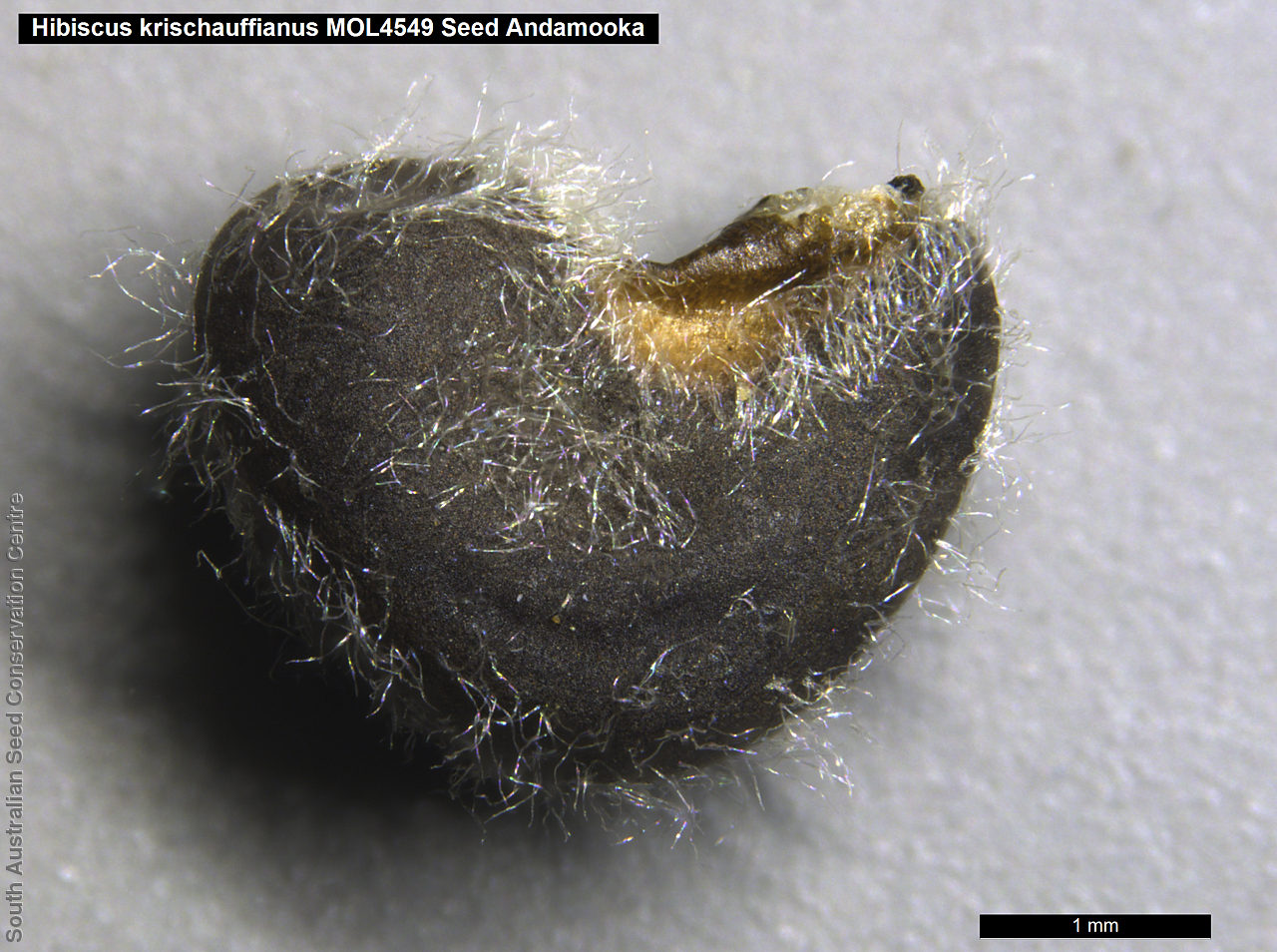
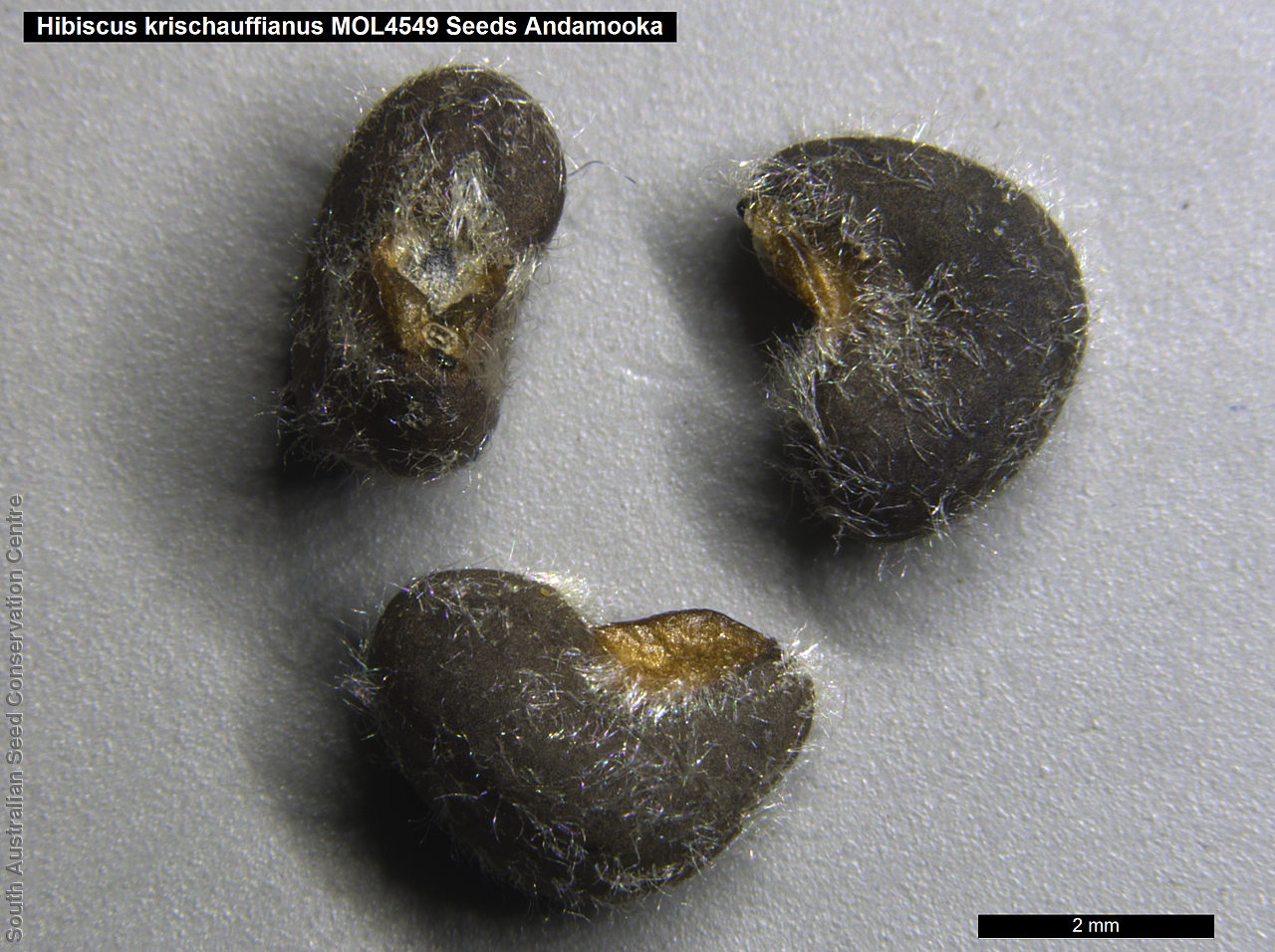

Regional Species Conservation Assessments per IBRA subregion.

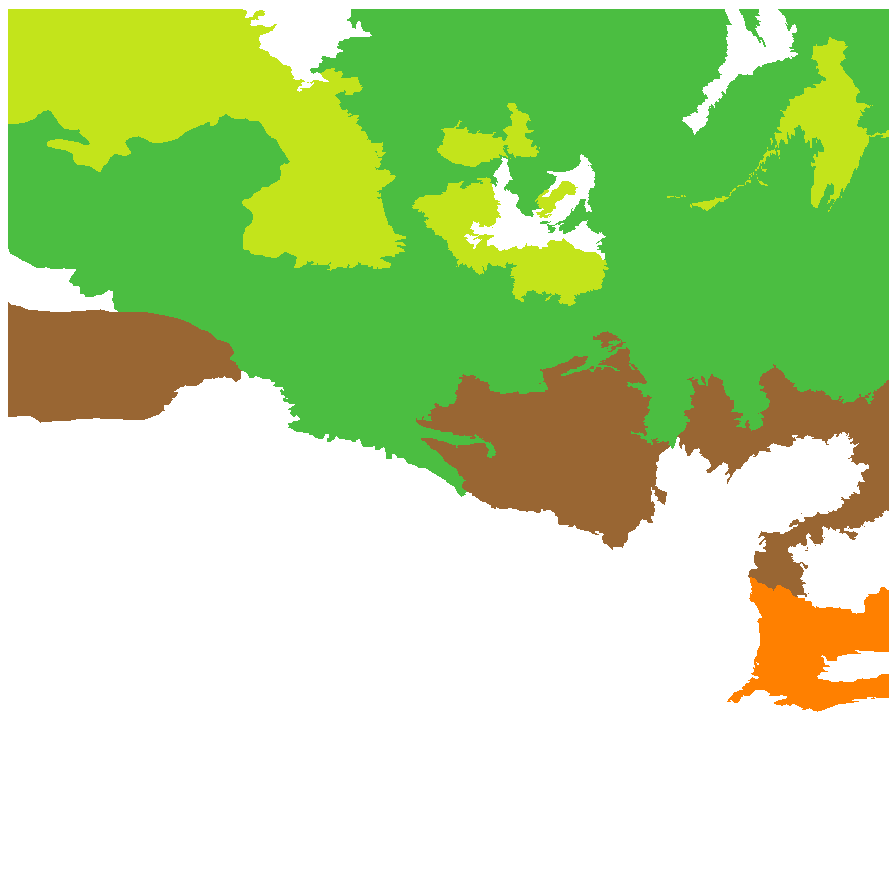
Least concern
Near threatened
Rare
Vulnerable
Endangered
Critically endangered
Extinct
Data deficient
Adelaide
Arkaroola
Ceduna
Coober Pedy
Hawker
Innamincka
Marla
Marree
Mount Gambier
Oodnadatta
Renmark
Wudinna
Keith
Yunta
Display IBRA region text
| Northern Flinders (FLB05) | Flinders Lofty Block | Least Concern |
| Central Flinders (FLB06) | | Rare (IUCN: RA d(ii)) |
| Murray Mallee (MDD02) | Murray Darling Depression | Endangered (IUCN: EN B2ab(i,ii,iii)) (Probable Decline) |
| Braemer (MDD07) | | Rare (IUCN: RA d(i,ii)) |
| Murray Scroll Belt (RIV06) | Riverina | Endangered (IUCN: EN B2ab(i,ii,iii)) (Probable Decline) |
| Myall Plains (GAW01) | Gawler | Rare (IUCN: RA d(ii)) |
| Gawler Volcanics (GAW02) | | Rare (IUCN: RA d(ii)) |
| Gawler Lakes (GAW03) | | Rare (IUCN: RA d(ii)) |
| Arcoona Plateau (GAW04) | | Rare (IUCN: RA d(ii)) |
| Kingoonya (GAW05) | | Least Concern |
| Torrens (GAW06) | | Least Concern |
| Roxby (GAW07) | | Least Concern |
| Commonwealth Hill (GAW08) | | Least Concern |
| Maralinga (GVD03) | Great Victoria Desert | Least Concern |
| Kintore (GVD04) | | Near Threatened |
| Tallaringa (GVD05) | | Near Threatened |
| Yellabinna (GVD06) | | Least Concern |
| Nullarbor Plain (NUL02) | Nullarbor | Rare (IUCN: RA d(i,ii)) |
| Barrier Range (BHC01) | Broken Hill Complex | Rare (IUCN: RA d(i,ii)) |
| Barrier Range Outwash (BHC04) | | Rare (IUCN: RA d(i,ii)) |
| Curnamona (BHC06) | | Rare (IUCN: RA d(i,ii)) |
| Simpson Desert (SSD02) | Simpson Strzelecki Dunefields | Least Concern |
| Dieri (SSD03) | | Least Concern |
| Strzelecki Desert (SSD05) | | Least Concern |
| Breakaways (STP01) | Stony Plains | Least Concern |
| Oodnadatta (STP02) | | Least Concern |
| Murnpeowie (STP03) | | Least Concern |
| Peake-Dennison Inlier (STP04) | | Least Concern |
| Macumba (STP05) | | Least Concern |
| Witjira (STP06) | | Least Concern |
| Baltana (STP07) | | Near Threatened |
| Sturt Stony Desert (CHC02) | Channel Country | Least Concern |
| Coongie (CHC06) | | Near Threatened |
| Lake Pure (CHC07) | | Least Concern |
| Mann-Musgrave Block (CER01) | Central Ranges | Near Threatened |
| Watarru (CER02) | | Near Threatened |
| Everard Block (CER03) | | Near Threatened |
| Pedirka (FIN04) | Finke | Least Concern |
| 2 of 6 subregions | Flinders Lofty Block | Least Concern , Rare |
| 2 of 6 subregions | Murray Darling Depression | Rare , Endangered |
| Murray Scroll Belt (RIV06) | Riverina | Endangered (IUCN: EN B2ab(i,ii,iii)) (Probable Decline) |
| 8 of 8 subregions | Gawler | Least Concern , Rare |
| 4 of 4 subregions | Great Victoria Desert | Least Concern , Near Threatened |
| Nullarbor Plain (NUL02) | Nullarbor | Rare (IUCN: RA d(i,ii)) |
| 3 of 4 subregions | Broken Hill Complex | Rare |
| 3 of 4 subregions | Simpson Strzelecki Dunefields | Least Concern |
| 7 of 7 subregions | Stony Plains | Least Concern , Near Threatened |
| 3 of 4 subregions | Channel Country | Least Concern , Near Threatened |
| 3 of 3 subregions | Central Ranges | Near Threatened |
| Pedirka (FIN04) | Finke | Least Concern |
Botanical art
Kath Alcock painting: 1
Prior names
Hibiscus krichauffii
Common names
Velvet-leaf Hibiscus
Purar-purarpa
Etymology
Hibiscus, from the Latin 'hibiscum' which is from the Ancient Greek 'hibiskos', a name for a mallow-like plant and possibly used by the physician Dioscorides for marshmallow plant. Krichauffianus named after Friedrich Edouard Heinrich Wulf Krichauff (1824-1904), a Danish-born South Australian politician, agriculturalist and a friend of Ferdinand von Mueller.
Distribution and status
Found across the northern part of South Australia, growing on sand dunes, sandy rises and sand plain. Also found in all mainland States. Native. Common in South Australia. Very rare in Victoria. Rare in Western Australia. Common in the other States.
Herbarium regions: North Western, Lake Eyre, Nullarbor, Gairdner-Torrens, Flinders Ranges, Eastern, Eyre Peninsula, Murray
AVH map: SA distribution map (external link)
Plant description
Shrub to 90 cm high; pale-grey from the dense velvety hairs. Leaves densely hairy, ovate or ovate-lanceolate, to 40 mm long and 15 mm wide; margin serrated. Inflorescence, solitary pale lilac or light purple flower. Flowers throughout the year. Fruits are hairy brown globular capsule to 10 mm long, enclosed by the fruiting calyx. Seeds are dark brown reniform seed to 3 mm long and 2 mm wide, covered in long white hairs. Seed embryo type is folded.
Seed collection and propagation
Collect seeds between January and December. Collect capsules that are drying off and starting to turn brown. The seed inside should be brown and hard. Place the capsules into a tray and leave to dry for a week. Then rub the capsules by hand to dislodge the seeds. Use a sieve to separate the unwanted material. Store the seeds with a desiccant such as dried silica beads or dry rice, in an air tight container in a cool and dry place. From two collections, the seed viability was high, at 100%. This species has physical dormancy that needs to be overcome for the seed to germinate (e.g. nicking or softening the seed coat).
| Location | No. of seeds
(weight grams) | Number
of plants | Date
collected | Collection number
Collection location | Date
stored | % Viability | Storage
temperature | BGA
MSB | 2,700 (9.75 g)
2,700 (9.75 g) | 120+ | 22-Oct-2004 | MOL4549
Gairdner-Torrens | 28-Mar-2006 | 100% | -18°C |
Location: BGA — the seeds are stored at the Adelaide Botanic Gardens, MSB — the seeds are stored at the Millennium Seed Bank, Kew, England.
Number of plants: This is the number of plants from which the seeds were collected.
Collection location: The Herbarium of South Australia's region name.
% Viability: Percentage of filled healthy seeds determined by a cut test or x-ray.



























